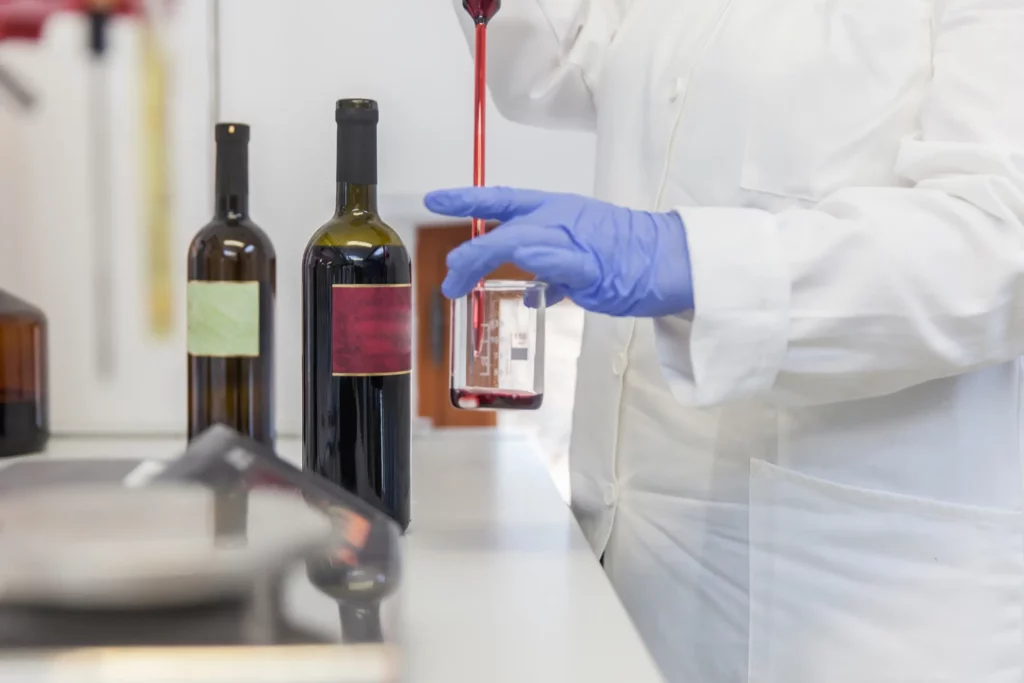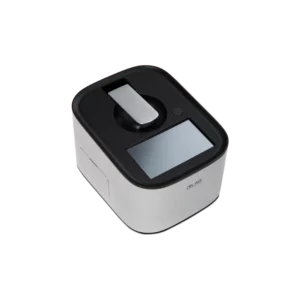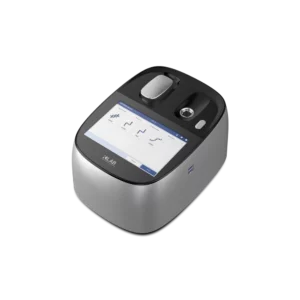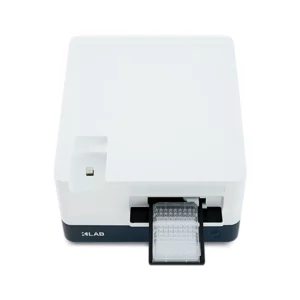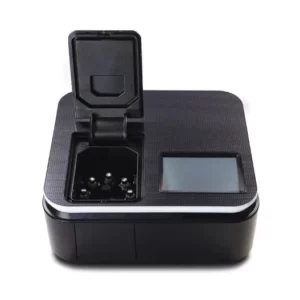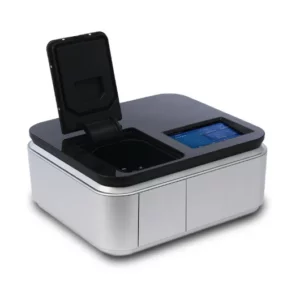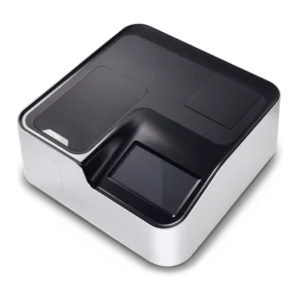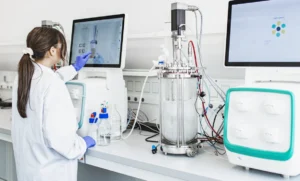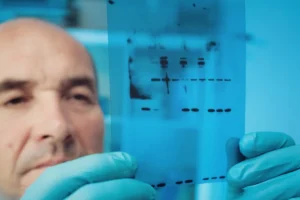UV-Vis spectrophotometers are widely adopted analytical tools for assessing food safety, wine quality, and oil purity. These advanced instruments deliver reliable and non-destructive analysis, making them invaluable across various industries such as food science, beverage production, and nutritional research.
Whether you’re measuring nitrite content in processed meats, evaluating wine color intensity, or verifying the purity of olive oil, the OPTIZEN Alpha UV-Vis Spectrophotometer by K-Labs provides accurate and high-resolution data every time.
Application 1: Nitrite Content in Processed Meat
Processed meats frequently contain inorganic nitrites as preservatives. However, consuming excessive nitrites can lead to the formation of harmful nitrosamines, which are associated with thyroid dysfunction and potential carcinogenic effects. Therefore, accurately quantifying nitrites is essential for ensuring food safety compliance.
Analytical Principle:
- Nitrites react with sulphanilamide and N-1-naphthylethylenediamine dihydrochloride to form a red complex.
- This red complex is measured photometrically at 538 nm.
Procedure Highlights:
- Start with protein precipitation using Carrez reagents.
- Then extract the sample in hot water, followed by the reagent reaction and absorbance measurement.
- Create a calibration curve using serial dilutions of standard nitrite solutions.
Standards Referenced: ISO 2918:1975 and ISO 3091:1975.
Application 2: Colour Intensity and Hue in Wine
Wine’s visual appeal plays a key role in quality perception, especially for red and rosé varieties where anthocyanin pigments influence depth and hue. In contrast, white wines undergo oxidative changes that gradually affect their clarity over time.
Using UV-Vis Spectroscopy:
- Measures absorbance at 420 nm, 520 nm, and 620 nm to determine colour intensity precisely.
- Evaluates hue by calculating the absorbance ratio (420/520 nm).
- Ideal for monitoring fermentation quality, oxidation processes, and contamination during winemaking.
Recommended Instrument:
- OPTIZEN Alpha Double Beam Spectrophotometer.
- Use it with quartz cuvettes and standard labware for optimal results.
Application 3: Purity Assessment in Olive Oil
Olive oil quality strongly depends on its oxidation level. UV-Vis spectroscopy enables rapid detection of oxidation by monitoring hydro-peroxide absorbance between 200–300 nm. Higher absorbance signals degradation, while lower values indicate premium oil quality.
Method Overview (per EEC No. 2568/91):
- First, dilute the olive oil sample in spectrophotometric-grade cyclohexane.
- Then measure it at 232, 266, 270, and 274 nm using quartz cuvettes.
- Finally, calculate extinction coefficients and ΔK values to classify the oil.
Why Choose K-Labs UV-VIS Spectrophotometers?
Selecting the right UV-VIS spectrophotometers means considering factors like measurement precision, intuitive interface, and wavelength accuracy—especially for sensitive applications such as food safety and beverage quality. Whether you’re quantifying nitrites or analyzing anthocyanin stability, a high-performance instrument guarantees reproducible and regulatory-compliant results.
For premium spectrophotometric solutions in South Africa, trust Apex Scientific. As an authorized distributor of K-Labs instruments, we provide expert advice, tailored product recommendations, and comprehensive after-sales support. Contact us today to explore the right Life Science Spectrophotometer or Molecular Spectroscopy for your research or quality control needs.

